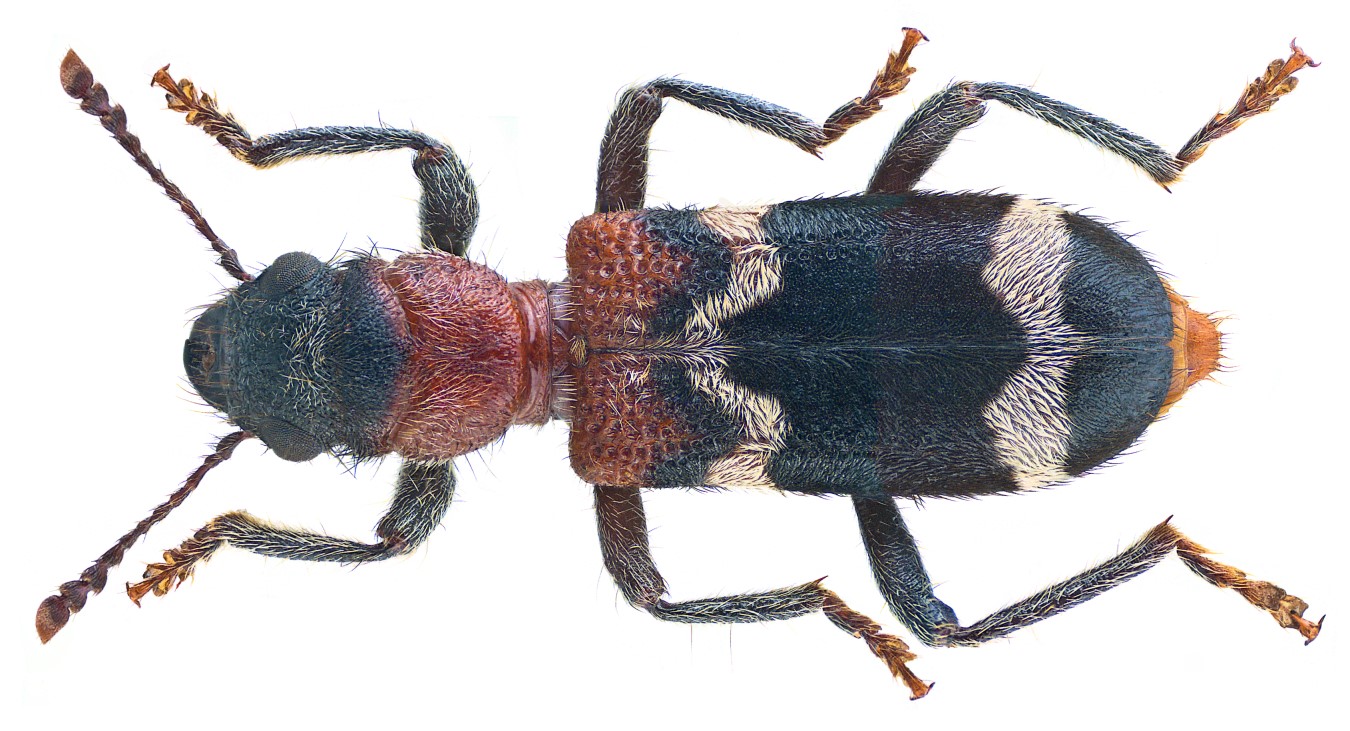The Formicarius Analis Pallidus: A Glimpse Into The Life Of The Yucatan Antbird
Share
The Formicarius analis pallidus, commonly known as the Yucatan Antbird, is a fascinating species that belongs to the family Formicariidae within the order Passeriformes. This bird is primarily found in the lush habitats of the Yucatan Peninsula and parts of Guatemala, making it a unique subject of study for ornithologists and birdwatchers alike. In this article, we will explore the taxonomy, physical characteristics, habitat, diet, behavior, reproduction, and conservation status of this intriguing bird.

Taxonomy
The Yucatan Antbird is classified under the following taxonomic hierarchy:
- Order: Passeriformes
- Family: Formicariidae
- Suborder: Tyranni
- Species: Formicarius analis
- Subspecies: pallidus
- Type: Furnarius pallidus Lawrence, Ann. New York Acad. Sci., 2, 1882, p. 288
This classification highlights the bird's unique position within the avian world, particularly its adaptations to life in the dense underbrush of its native habitat.
Physical Characteristics
The Yucatan Antbird is a medium-sized bird, characterized by its robust body and distinctive plumage. The subspecies pallidus exhibits a pale coloration, which helps it blend into its surroundings. The overall coloration is typically a mix of gray and brown, with lighter underparts.

The bird's bill is strong and slightly curved, adapted for foraging through leaf litter and underbrush. Its legs are sturdy, allowing it to navigate the forest floor with ease. The Yucatan Antbird's eyes are dark and expressive, providing excellent vision in low-light conditions.
Habitat
The Yucatan Antbird primarily inhabits the tropical forests of the Yucatan Peninsula, specifically in the states of Yucatan and Campeche, as well as the Territory of Quintana Roo. It can also be found in northern Guatemala, particularly in the Petén region.

This bird prefers dense undergrowth and is often found near water sources, such as streams and swamps. The thick vegetation provides both shelter and abundant food sources, making it an ideal environment for the Yucatan Antbird.
Diet
The diet of the Yucatan Antbird primarily consists of insects and other invertebrates. It forages on the forest floor, using its strong bill to probe through leaf litter and decaying plant matter.

In addition to insects, the Yucatan Antbird may also consume small fruits and seeds, particularly during the breeding season when protein-rich food is essential for raising young.
Behavior
The Yucatan Antbird is known for its secretive nature, often remaining hidden in dense foliage. It is a solitary bird, although it may be seen in pairs during the breeding season.

The bird is vocal, producing a variety of calls that can be heard echoing through the forest. These calls serve as a means of communication, particularly during mating rituals and territorial disputes.
Reproduction
Breeding typically occurs during the rainy season, when food is abundant. The female Yucatan Antbird builds a cup-shaped nest, often hidden in dense vegetation.
The female lays a clutch of two to three eggs, which she incubates for about two weeks. Both parents are involved in feeding the chicks once they hatch, providing a steady supply of insects and other food sources.
Conservation Status
Currently, the Yucatan Antbird is not considered endangered, but its habitat is threatened by deforestation and land conversion for agriculture. Conservation efforts are essential to protect the remaining forest areas and ensure the survival of this unique species.
Birdwatching Tips
For birdwatchers interested in observing the Yucatan Antbird, the best time to visit its habitat is during the early morning or late afternoon when the birds are most active. Look for them in dense underbrush near water sources, and listen for their distinctive calls to locate them.
In summary, the Yucatan Antbird is a remarkable species that plays a vital role in its ecosystem. Its unique adaptations and behaviors make it a fascinating subject for study and observation. Protecting its habitat is crucial for the continued existence of this beautiful bird, ensuring that future generations can appreciate its presence in the wild.